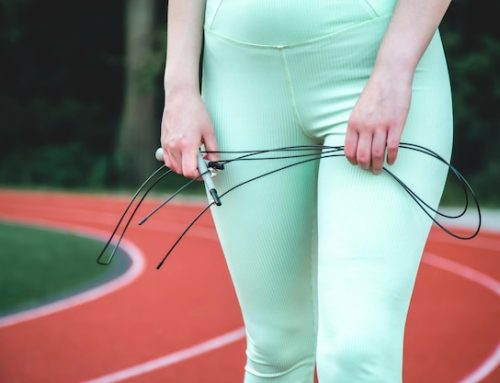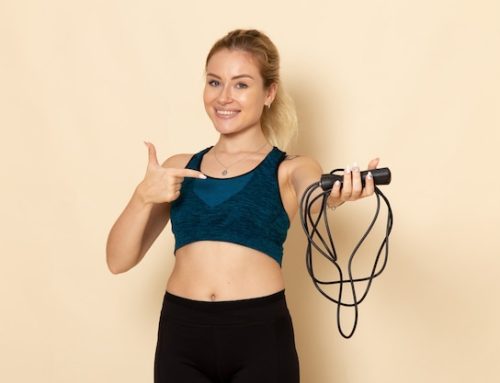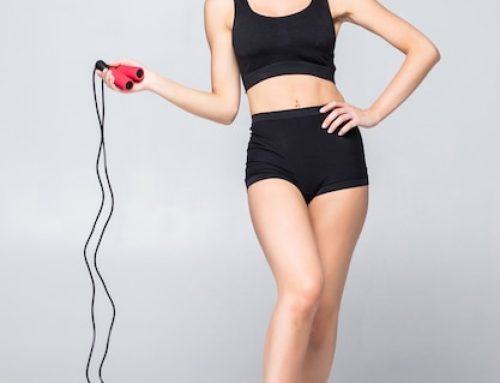Introduction
Jumping rope is one of the simplest yet most effective exercises. It improves cardiovascular health, strengthens muscles, and improves coordination. But, have you ever considered jumping rope barefoot? Is it safe? Is it beneficial? Let’s dive into it.
Benefits of Jumping Rope Barefoot
There are a few benefits of jumping rope barefoot. Firstly, it allows your feet to grip the ground much better, which can improve balance and stability. Additionally, it can strengthen the muscles in your feet, which can improve foot health and prevent injuries like plantar fasciitis. Secondly, jumping rope barefoot can improve proprioception or the awareness of the position and movement of your body, which can reduce the risk of accidents and injuries.
Risks of Jumping Rope Barefoot
While there are some benefits, it’s essential to consider the risks of jumping rope barefoot. Firstly, the hard surface you jump on can cause foot pain, blisters, or even stress fractures. Secondly, without proper support, you can quickly develop overuse injuries like Achilles tendonitis or shin splints. Finally, if you’re jumping rope outside, there’s a high risk of picking up dirt or debris that can increase the risk of infection or injury.
When is it OK to Jump Rope Barefoot?
Jumping rope barefoot can be done safely, but only in certain circumstances. Ideally, it is best to jump on a soft surface like a grassy lawn or rubber mat that provides cushioning and reduces the risk of injuries. Indoor spaces like gyms or fitness studios are also suitable as they usually have padded floors. Additionally, jumping rope barefoot should only be done by individuals with strong and healthy feet. People with plantar fasciitis, flat feet, or other foot injuries should avoid jumping rope barefoot.
Choosing the Right Shoes for Jumping Rope
If jumping rope barefoot isn’t an option, it’s important to choose the right shoes. Look for shoes with a stable sole that provides support and cushioning for your feet. Cross-training shoes are an excellent option and are suitable for jumping rope, weightlifting, and other exercises. Look for shoes with a flat sole, a wide toe box, and strong arch support.
Jump Rope Frequency and Duration
Jumping rope is a high-intensity exercise, and it’s essential to start slowly and build up endurance gradually. Begin with 30 seconds of jumping and then rest for 30 seconds. Repeat this process for five to ten minutes. As you build your endurance, you can increase the duration of your workout. Jumping rope for 10-15 minutes, three to four times per week, is a good goal to aim for.
Other Safety Considerations
To reduce the risk of injury, it’s also essential to consider some other safety tips. Firstly, ensure that your jump rope is the correct length. If it’s too long or too short, it can trip you up and cause accidents. Secondly, warm-up before jumping rope to prevent muscle strain. Finally, stay hydrated by drinking plenty of water before and after your workout.
Conclusion
In conclusion, jumping rope barefoot can provide some benefits as long as you’re mindful of the risks. Ensure that you jump on a soft surface and have strong and healthy feet. If jumping rope barefoot isn’t an option, choose the right shoes that provide support and cushioning. Remember to start slowly and build up endurance gradually and consider other safety tips to prevent injuries. Happy jumping!






